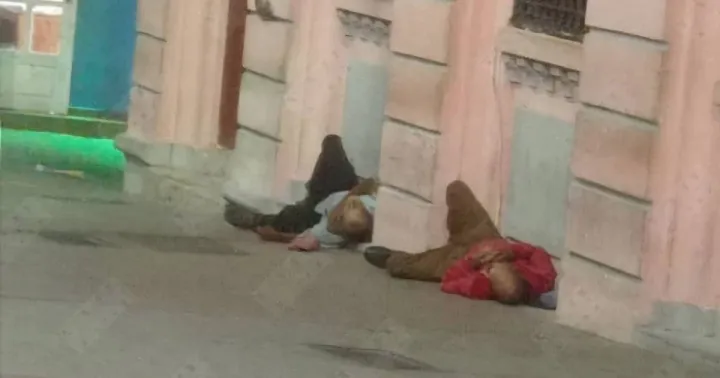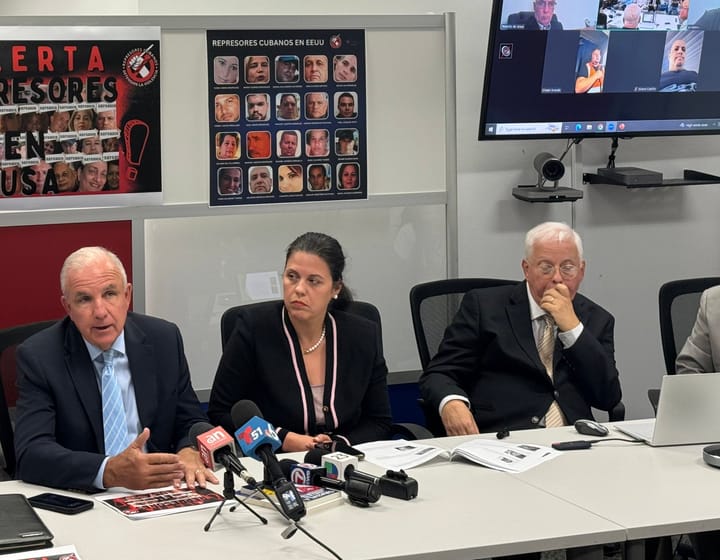PIN codes implemented for card purchases in MLC stores
According to Cuban authorities, the security measure will prevent fraud and speed up the sales process.

A pilot test has been underway in Havana since last December 21st to implement Personal Identification Numbers (PINs) for card purchases in Free Convertible Currency (MLC) stores.
The purpose is to use the experiences from the La Puntilla store to extend the practice to the rest of the country with the aim of preventing fraud and accelerating the sales process.
📢 📲 | RED Payment Services informs about the usage of PIN in TPV…💳 The Banking and Financial System is…
Posted by Gobierno de La Habana on Monday, December 25, 2023
Greicher La Nuez, general director of RED Payment Services S.A., reported that this new measure seeks to raise the standard of security in purchase transactions. Until now, customer identification was carried out by presenting an identity card, a procedure that will be replaced by authentication through the PIN.
The four-digit code is only known to the holder of the bank card when the executives of the financial institution deliver it. If the owner of the payment method shares this information with someone else and a theft occurs, it will be their entire responsibility.
Initially, the pilot test will be carried out with a segment of RED cards in MLC issued by banking entities such as Banco Metropolitano, the People’s Savings Bank (BPA), and the Bank of Credit and Commerce (BANDEC).
Since the summer of 2019, MLC cards have gained popularity in Cuba, especially after the enabling of stores that sell basic necessities such as food and cleaning products, which are not available in other state-owned shops.
Deposits on these cards can be made in several foreign currencies, including US and Canadian dollars, euros, and British pounds, among others. The balance can be credited through a transfer from abroad or by making a physical deposit of foreign currency at a bank or Cadeca within Cuba.
How does the process behind paying with a card by typing the PIN at a POS work?
Start of the transaction: When you insert your card into the card reader or swipe it, a secure connection is established with the payment network, such as Visa or Mastercard.
PIN verification: Upon entering your PIN number, the payment terminal encrypts it and sends it to the issuing bank of the card for verification. The bank compares this PIN with the one they have on record for your card.
Authorization: The issuing bank checks if you have sufficient funds and if the PIN is correct. If everything is in order, it authorizes the transaction and sends an approval response to the payment terminal.
Payment processing: The terminal records the approval and issues a receipt for your records. Then, it sends the transaction information to the acquiring bank, which is the merchant's bank.
Settlement: The acquiring bank processes the transaction and transfers the funds to the merchant. This can take one or two days.
Record at the issuing bank: Finally, the issuing bank updates your balance and records the transaction in your account.This process ensures the security of your funds and protects against fraud by verifying your identity with the PIN. Additionally, it allows merchants to receive payment quickly and easily. It’s important to keep your PIN secret and to check your bank statements to ensure that all transactions are correct.




Comments ()